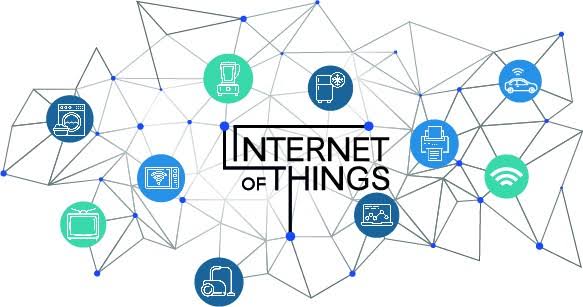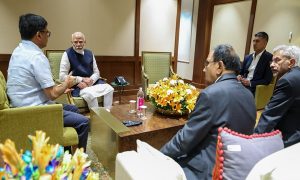The Internet-of-Things (IoT) technology is helping the Jal Jeevan Mission to be more effective in terms of implementation. The technology is detecting errors that need a huge amount of manpower and time.
First-of-its-kind sensor-based IoT devices
National Jal Jeevan Mission has collaborated with Tata Community Initiatives Trust and Tata Trusts to complete the pilot projects using sensor-based IoT devices in remote villages of five states.
Uttarakhand, Rajasthan, Gujarat, Maharashtra, and Himachal Pradesh are the states who have used sensor-based IoT devices to monitor the water supply.
The key feature of these strong sensors is that they are economical, which makes the solution scalable and sustainable. The cost of the sensors is expected to reduce with time. The pilot projects were started in September 2020 despite challenges during the COVID-19 pandemic.
One more interesting thing about the sensors is that the majority of the vendors, including manufactures, are Indian companies. This directly boosts the AatmaNirbhar Bharat initiative.
Advantages of the IoT Devices
The first-of-its-kind Internet of things based remote monitoring eliminated manual efforts and provide real-time information using different sensors. This will provide effective monitoring at ground level and will provide visibility to State water supply and citizens.
The devices will also help in operational efficiencies, cost reduction, and grievance redressal. And the data collected from the pilot projects will contribute to strengthening the Jal Jeevan Mission, ultimately providing clean drinking water to every household.
Jal Jeevan Mission
Water is the driving force of all nature, without it we can not sustain life. So to ensure Water in every household in India, Jal Jeevan Mission was launched on 15 Aug 2019 with an aim of ‘Har Ghar Jal’.
The Jal Jeevan mission is using sensor-based IoT devices in their pilot projects to monitor the rural drinking water in more than six lakh villages.
Under Jal Jeevan Mission a total of 19,18,78,069 households till 31st March 2021 are to be connected with tap connection with the supply of clean drinking water. And 37.99% of work is done in this field till 31st March 2021.
Different Sensors used in the pilot projects
Several types of sensors have been installed which include flow meters, groundwater level sensors, chlorine analyzers, pressure sensors, and pump controllers. These sensors will measure all the relevant aspects of the water supply and will ensure the quantity, duration, quality, pressure, and sustainability of the water supply system.
Pilot projects are being carried out across different regions
India is a nation with a very vast demography that is why Rural drinking water supply design varies considerably across different regions of the country.
These pilot projects were spread across diverse agro-climatic conditions which included areas in the western Himalayas, desert regions to Gangetic plains. The temperature varies from -10 degrees Celsius to 48-degree Celsius in these regions.
The Future prospect
The success of these pilot projects has paved the path for other states as they have noticed the potential in these pilot projects. Gujarat, Bihar, Haryana, and Arunachal Pradesh, have already rolled out tenders for IoT-based remote monitoring systems which range from 500 villages to several districts.
States like Sikkim, Manipur, Goa, Maharashtra, Uttarakhand have started the process to use this technology.
Implementation of such innovative technology can directly boost several initiatives like Aatmanirbhar Bharat, Digital India, Smart Village. This will also benefit the Smart Cities projects with an enhanced IoT ecosystem in the country.






















 WhatsApp us
WhatsApp us